EASTHAM – I wanted to interview a piping plover. I had questions. But the only piping plover I saw was behind a “symbolic fence” of twine on its own private stretch of beach. The piping plover wanted nothing to do with me, or my questions.
So, on Coast Guard Beach, recently rated the seventh best beach in the United States, this little bird had its own nice plot of prime real estate where knuckleheads like me are not allowed. Frankly, I was jealous. Plus I didn’t get my interview.
So I turned to my guide, Mary Hake, resource management specialist at the Cape Cod National Seashore, who took on the role of spokesperson for the piping plover, and perhaps for part of humanity. (Here is a National Park Service photo essay about piping plovers)
“Sometimes I ask myself, why do I bother?” said Hake. “I bother because I care. It’s our responsibility to care. I will do whatever I can protect these animals that cannot speak for themselves. And the reality is that protecting them will indirectly help in our own survival.”
![]() ** Please support independent local journalism.
** Please support independent local journalism.
See the DONATION BUTTON AT THE TOP OF THE PAGE **![]()
“They don’t taste like chicken, they taste like pork,” said Hake, in response to a question about the bumper sticker, “Piping Plover: Tastes Like Chicken.”
“They don’t even have their facts right,” said Hake, with a laugh, about those who oppose giving so much of the beach to the bird.
And while she can laugh at the humorous bumper sticker, Hake said protecting the piping plover is serious business for her and her staff. The bird, listed as “threatened,” is federally protected.
This protection has led to restrictions on what humans can do on the beach, and that has led to the attitude that spawned that bumper sticker.
During certain times, often at the height of summer, off-road vehicles are not allowed on the beach, dogs are not allowed on the beach, and kites – as well as kitesurfers – are not allowed on the beach, all because of the bird. Beach visitors on foot are expected to avoid areas that are fenced with symbolic fencing.
The restrictions are not only on National Seashore beaches, but on any beach where plovers nest in late spring and early summer. But the restrictions can extend deep into the summer. It is dependent on the birds, whose limited ability to breed essentially creates the restrictions.
“Unless people stop coming to the beach, this is a species that will always need active management,” said Hake. “It is hoped it will be attained though management that provides as much visitor use as possible while still protecting the species.”
Protecting the tiny birds is important, said Hake.
“I think it is our responsibility as stewards of this planet to protect all living things,” said Hake. “It’s our heritage. The piping plover has been here long before vehicles were driving on beaches. and long before there were 4 million people visiting it,” said Hake. “They are a reflection of the health of our planet. We should be listening to that. We are part of this planet. When a species starts dying off, we should be concerned about that.”
Piping plovers “are on life support,” said Katharine Parsons, the director of the Coastal Waterbird Program for Mass Audubon. “There are only 3,000 pairs of them in the whole world.”
In Massachusetts in 2012, there were 650 pairs, said Parsons. “The majority of piping plovers in the state are on Cape Cod. Maybe 55 percent of them,” she said.
![]() A Dilemma Wrapped Around A Conundrum
A Dilemma Wrapped Around A Conundrum
There is a thin stretch of Nauset Beach, .8 miles long, known as the Pochet Washover. “For some reason, the birds like it,” said John Hodgson, an Orleans Selectman.
Beachgoers like the Pochet Washover too, he said, especially those with vehicles capable of driving on the beach. Just beyond the Pochet Washover is “five or six miles of beach” that could be accessed if vehicles were allowed to drive through that .8 mile stretch of “one of the thinnest stretches of the beach,” said Hodgson.
“About eight years ago, the birds started to become an issue,” said Hodgson.
Hodgson, who has been a selectman for four years, said, “People tell me stories” about how popular driving on the beach used to be. “To get onto Nauset Beach, the lines were down Beach Road past Joe’s Barley Neck Inn,” he said he was told.
But when the birds started showing up on the thin strip of beach, by law they had to be protected. Hodgson said, “The state closed down the beach. The closures early on were two weeks at at time. But we’ve had closures from the end of May through August. We’ve had at least two full closures like that within the last eight years,” he said.
Across the Cape, wherever there are piping plovers, there is often a group of humans with a specific interest in a type of use for the beach that conflicts with the ability of these tiny birds to raise a family:
Vehicles – Piping plovers are tiny and camouflaged, the chicks are flightless, and tire tracks can be a great place to hide.
Kites & kitesurfers – To piping plovers, these look like predator birds and can cause them to abandon their eggs or chicks.
Dogs – Dogs could eat a plover chick.
People – If the birds weren’t roped off from humans, it would be easy to miss them completely and step on their eggs. Piping plovers’ only defense mechanism is camouflage, which works against them in our case.
Fireworks – Fireworks scare birds off their nests and expose chicks, causing death.
Plover advocates say that in order to successfully raise a family, these birds need an area of beach without human interaction.
Of course, a beach without humans is difficult to find.
“We are a beach community,” said Hodgson. “That’s why people come here. To be able to have access to the beaches. Driving on them with a car. Walking, boating. We should be doing our best to make that happen. There are only eight to ten weeks out of 52. That’s the chance for all our business owners to make a living”
Hodgson added, “This clearly hurts the economy of our town.”
Parsons said, “We wouldn’t have success without the cooperation of the local communities… The loss of chicks to human disturbance is really small.”
“The birds come back to their breeding areas in mid to late March,” said Parsons. “They take a few weeks to establish a pair bond. They don’t spend the winter as a pair. Then set up a territory, and attract a mate. The male starts all of this.”
Since there are so few pairs of birds in the world, it is obviously crucial that the young survive. That is the aim of the protections.
Piping plovers are sand-nesting birds. “Their nest is a little depression in the sand,” said Parsons. “They lay eggs mid to late April. Then it takes four weeks, maybe less, for the eggs to hatch. They all hatch at once. If all goes well, the birds will be able to fly in another month.”
It is a crucial two-month stretch from when the sand-colored eggs are laid until the baby chicks can fly. It is during this time period that human activities are most restricted.
But it is more complicated than that, because if all does not go well and the chicks die due to a storm, or predators, the parents will try again. And this trying again can restrict human activity even further into the season.
“For everybody’s sake, we really push hard early in the season to have as many of them be as successful as possible,” said Parsons.
Piping plovers typically lay four eggs, which then hatch at the same time. Hake described the chicks as “a cotton ball on toothpick legs.”
“They are teeny and precocial, meaning they can run around soon after they hatch out…. within several hours those chicks are running around the beaches of Cape Cod,” said Hake.
The restrictions are all about breeding and protecting the next generation, said Hake. The adult birds seem to be able to fend for themselves. “When you have an adult bird that can fly, those sections of beach can remain open to vehicles. Those birds can get out of vehicle as long as vehicle is going slow,” said Hake.
The chicks, however can’t fly and so their only defense is camouflage. They are so small, they are nearly invisible. “They crouch in tire ruts,” said Parsons. “That’s not uncommon.”
And so regulations were put into place to protect the birds from human activity. “The recovery is really doing well,” said Hake. “Back in 1985, we had 18 pairs of plover. We had a high of 99 pairs in 2012. Last year, we had 68 pairs.”
And Parsons said, “It is my opinion that it definitely is working. There is an increase in abundance. But it started to go downward in the past couple of years.
While human activity is less harmful to piping plovers since protections began, it turns out that the little birds have to worry about more than just humans. “Predation accounts for 70 percent of all plover loss,” said Hake. American crow is the biggest culprit, she said.
![]() Kill An Animal To Save An Animal? – The Threat From Predators
Kill An Animal To Save An Animal? – The Threat From Predators
“It’s not just the crows and it’s not just the humans and it’s not just the off-road vehicles, but it’s cumulative,” said Hake.
“Predation is a big problem,” said Hake. “So is Sally with her dog off her leash.”
And while Sally and her dog, Fred and his four-wheel drive, Kitesurfer Kim and beach bopper Bob are all problems for piping plovers, the bigger problem these days is predators.
“Predators are a big problem at certain sites,” said Parsons. “They are finding the eggs and the chicks. And there is some abandonment (of the nest by the adult birds). We’re not quite sure why that sometimes happens,” she said.
Predation varies from site to site on the National Seashore, Hake said, “Because we have such intense predator pressures, the number of chicks that fledge is very low. We call that productivity. We have .76 chicks per pair. That’s actually comparable to what it was in 1985, which is not a good thing,” she said.
Coyotes, foxes, crows, owls and other animals see the eggs and tiny chicks as easy sources of food.
Hake said there is an “unnatural level of predators” due to humans. “Many populations of predators have increased due to their ability to take advantage of human-provided foods. It’s indirect. Crows will eat from garbage cans left open. They will eat the french fries that people left on the beach. More and more people does equal more garbage” she said.
One option is to kill the predators.
“After having several meetings with state and federal officials, they did a lousy job of selling it,” recalled Hodgson. “They made it seem like they were going to come on and kill everything in sight other than endangered species. When they came it was not a conversation about targeted approach. It was, kill everything.”
And until the nuance of a predator plan is understood, it can seem that way – kill an animal to save an animal? “It’s very political, and it’s very complicated,” said Hake.
“Many predators are doing very well in suburbia,” said Parsons. “They are here in extraordinary numbers because of us.”
In certain areas of the state – and debated in others – there is a program to target specific animals that have learned to hunt piping plovers. Call them criminal animals if you will.
In other words, not every, say, coyote is hunted. Just the one who has figured out best how to get piping plovers. “This is very specific monitoring,” said Parsons. “We seen individuals that have learned a specific site is a source of food.”
“The animals that are being targeted are specific individuals,” said Parsons. “An individual animal. Maybe a great horned owl might be trapped and relocated to the western part of the state. Wildlife managers might be trapping skunks and euthanizing them humanely.”
As for killing one animal to protect another, Parsons said there are thousands of coyotes, skunks and foxes, but the plovers are endangered. It is, she said, human behavior that has attracted the great numbers of predators while human behavior chased away many plovers. Now, humans are trying to fix the problem.
As Hake said, “Why not let nature take its course? That course has been altered by us. Sometimes we need to take some management steps.”
Options continue to be explored on how best to deal with predators. Exclosures, a sort of fence around the nest were tried, said Hake. “Predators have learned that exclosures are food,” she said.
Hodgson said, “Instead of killing predators, there’s a handful of things we can try.” He suggested electric fences and bad tasting fake eggs near the real eggs.
“The humans are the cause of the regulations,” said Hodgson. “It’s more the over-regulation. The pendulum always swings too far. Once it’s the government telling you something, it seems like it’s a huge task to gain any ground.”
And yet the town of Orleans has gained ground, with a new plan allowing for walking escorts after July 15. “I think it is a good test,” said Hodgson. “There is a lot of land out there that used to be accessed.”
Essentially, if the first breeding attempt by the birds is unsuccessful, cars with a walking escort will be allowed to go through the .8 mile Patchett Washover. It will allow cars to go past two broods of plover nests, said Hodgson. “The escort plan is only necessary if the birds get killed off and have to re-nest again,” he said.

Mary Hake, resource management specialist at the Cape Cod National Seashore, looks for piping plover nests at Coast Guard Beach
The plan will allow up to 180 cars to drive past two broods of birds. They have to go out between 8 AM and 10 AM, and return between 4 PM and 6 PM.
“The right thing to do is to strike a balance between protecting the endangered species and giving access back to the beaches for the tourists and the citizens of the town,” said Hodgson.
Balance. It is a magic word, spoken by Hodgson, Hake and Parsons.
Hake said, “The National Park Service has a mission to preserve and protect national resources while providing visitor enjoyment.”
And while the birds are doing better than they were in the 1980s, they still need help. “I think what’s important to know about the argument that they’re doing well is that if we took down the symbolic fencing. If we didn’t have good shorebird management, we’d be right back to where we were in the 1980s,” said Parsons.
![]() Why Are Piping Plovers Important?
Why Are Piping Plovers Important?
“Humans have altered this planet,” said Hake. “Plovers are just sort of a red flag. Sort of a canary in a coal mine of an ecosystem that’s in peril. The ecological integrity is declining. But I will say the piping plover is also a success story in that the recovery goals in Massachusetts have been achieved. “
So there it is. A whole lot of effort has been made, and restrictions put in place to save a few hundred pairs of piping plovers. The birds have recovered since a low point in the 1980s but in recent years the number are holding steady at best. And it’s not even humans – at least directly – to blame. The biggest danger is predators, not humans.
Meanwhile, as a human, I really like the beach. I’d love to be able to do anything I want on it. And I’m still not thrilled the piping plover wouldn’t agree to an interview. But I talked to Hake, who, after a couple of hours of educating me, said, “Well, that’s as close as you’re going to get to talking to a piping plover.”
So I asked, why does this one little bird matter?
“It’s about the ecosystem. It provides diversity. When you lose a part of that puzzle, the health of the ecosystem declines, and it becomes a rippling effect,” she said. “I like to give the analogy. If you lost a finger, would you die? No you wouldn’t die. But you wouldn’t be able to function as well.”
“Just imagine what the area now called Cape Cod National Seashore would be if there wasn’t the foresight to protect it,” said Hake. “When you protect an area, you can’t do everything you want to do.”
For more stories like this, please see Longform stories
![]() ** Please support independent local journalism.
** Please support independent local journalism.
See the DONATION BUTTON AT THE TOP OF THE PAGE **![]()
– Please like us on Facebook.
–PLEASE SEE You Can’t Sell Right Field, a novel from Cape Cod Wave about land for sale, a crooked developer, a softball team called, “The Townies,” and an election.
Based on the true story of a Cape Cod development.
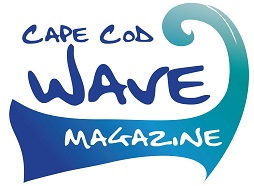
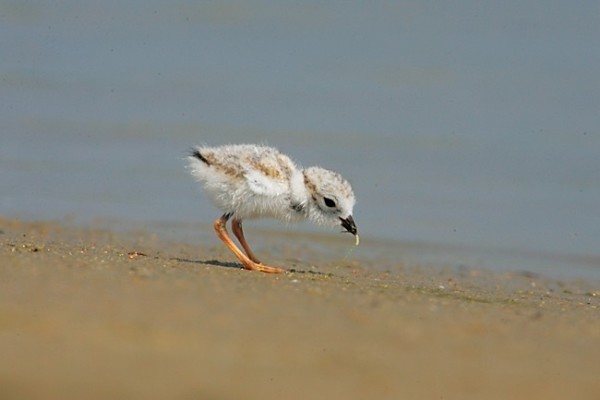
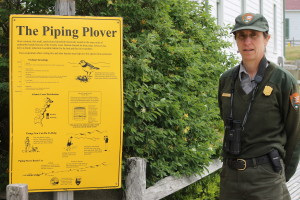
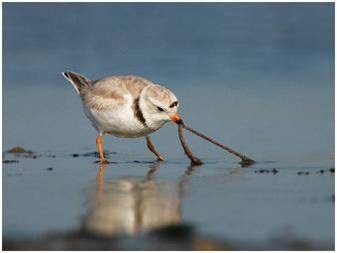

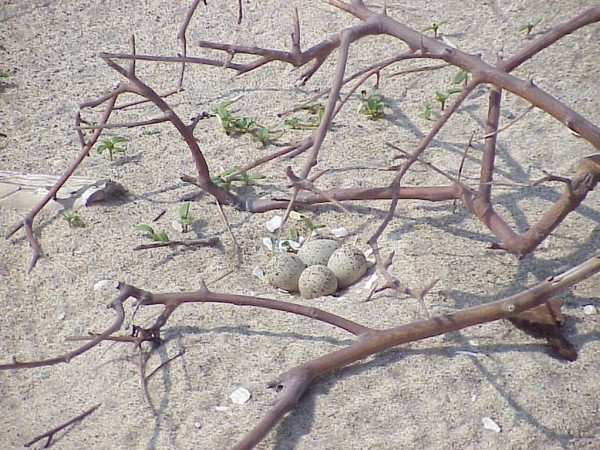
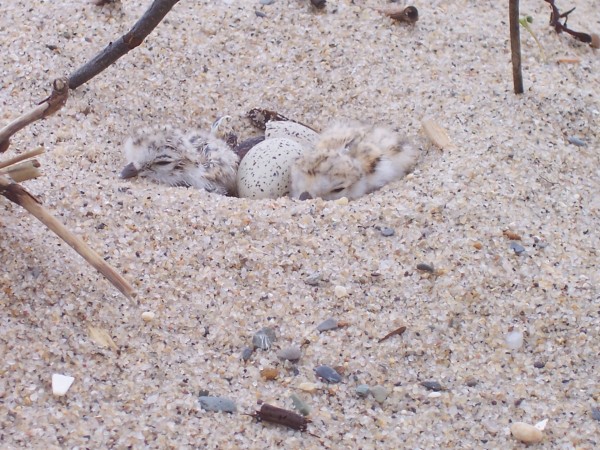
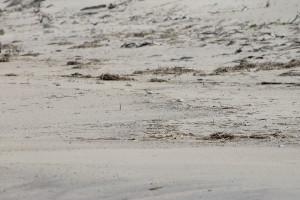

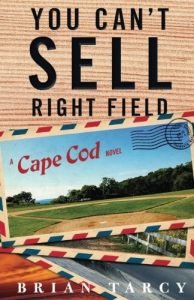


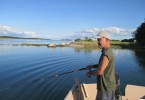
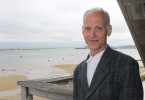


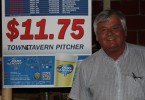

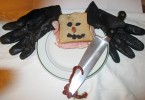



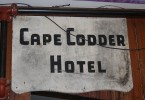
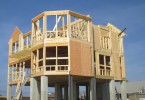



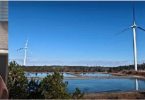





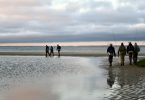
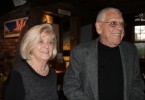

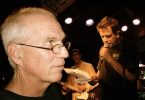



[…] I was reading an article about Plovers this morning and telling myself that I won’t write about them today. Many people think we […]
I still can’t stand them because they are the cause of ruining our beach season and losing beach fees every season.
Roping off dune areas is one thing. Closing a HALF MILE of beach parking lot is another; especially since it’s not cars in a parking lot that kills Plovers, it’s natural predators like coyotes, Ospreys, foxes, etc
Humans are not the problem.